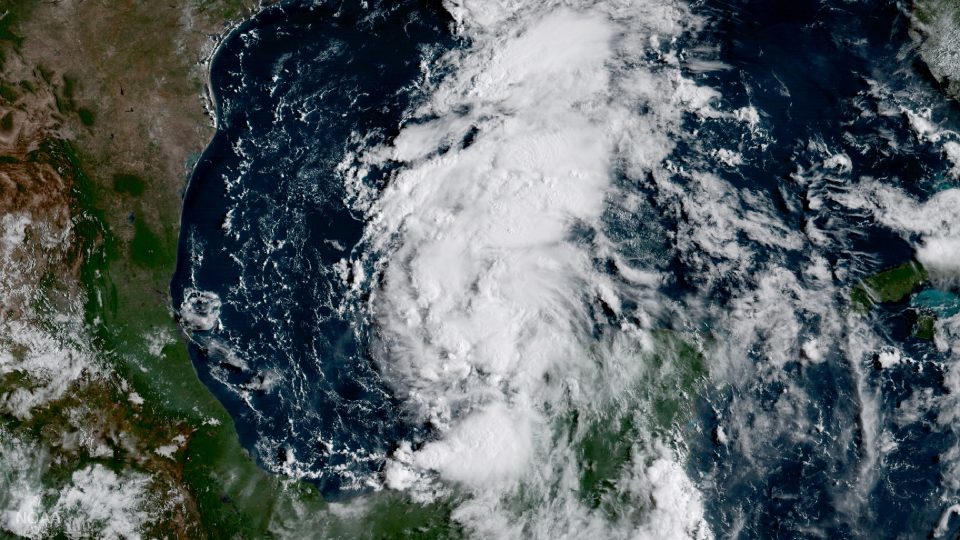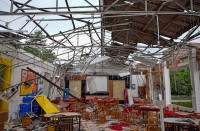
CHICAGO, United States (AFP) – Several United States cities began ordering evacuations Thursday as major storm Harvey was upgraded to hurricane status on its path towards hundreds of miles of coastline in Texas and Louisiana — an area that processes some 7 million barrels of oil a day.
The US National Hurricane Center (NHC) warned that Harvey was “rapidly intensifying” and creating a potential for “life-threatening and devastating” floods. The storm’s center was due to make landfall sometime early Saturday, with preceding strong winds arriving as early as 8 a.m. (1300 GMT) Friday.
Harvey’s maximum sustained winds Thursday were about 85 miles (140 kilometers) per hour.
The NHC said the category one hurricane could hit land as a much more powerful category three, with winds of 130 miles (209 km) per hour — which would make it the strongest to hit the US mainland in 12 years.
It was also menacing one-third of the US refining capacity, forcing several energy companies to take precaution and evacuate personnel from oil and gas platforms in the heart of the US “Refinery Row.”
The storm was expected to dump as much as 35 inches of rain in some parts of Texas. Dangerous storm surges were also forecast, reaching between six to 12 feet above ground level in the worst-hit regions.
Texas Governor Greg Abbott issued disaster declarations in 30 counties, saying the preemptive move would allow the state “to quickly deploy resources for the emergency response effort.”
Officials in Houston, the biggest city in the path of the storm, said they did not anticipate issuing evacuation orders, but expected heavy rainfall to last up to five days. City public schools canceled classes on Monday.
Corpus Cristi — a major oil refining center where the hurricane was projected to make landfall Saturday morning — issued voluntary evacuation orders. The nearby coastal hamlets of Port Arkansas and Arkansas Pass both ordered mandatory evacuations.
Dangerous storm surges
US President Donald Trump weighed in with a tweet: “As #HurricaneHarvey intensifies – remember to #PlanAhead.”
Harvey was also expected to deluge flood-prone New Orleans in neighboring Louisiana, where catastrophic Hurricane Katrina in 2005 caused widespread flooding and killed more than 1,800 people.
New Orleans Mayor Mitch Landrieu told journalists Thursday that high-water rescue vehicles, sandbags, and boats were at the ready, although no evacuations were immediately planned.
“We just need to make sure that we’re prepared for heavy rain over the course of the next week,” Landrieu said.
In Louisiana, where the storm was forecast to hover for many days, Governor John Edwards said hundreds of boats had been prepositioned around the state, along with more than half a million sandbags.
“This is going to play out over the next week or so,” Edwards told a news conference, “which makes it particularly dangerous… because the longer it sits in one place the more rain that it will drop.”
According to analyst Phil Flynn of the Price Futures Group, the region is vital to the US refining industry “running about seven million barrels a day.”
“Harvey’s greatest risk to refiners is not just wind damage to the refineries, but also the associated rainfall and the potential for electric power failure,” said James Williams of WTRG Economics.
Should a refinery shut down, he said it could take a week to get it up and running again. (Agence France-Presse)






